Luxor, the ancient city on the east bank of the Nile River in southern Egypt, is an archaeological marvel that draws visitors from around the world. With its rich history spanning over 4,000 years, Luxor is home to some of the world’s most remarkable temples and tombs, offering a glimpse into the mysteries of ancient Egyptian civilization. Join us on a journey as we unveil the secrets hidden within these fascinating structures.
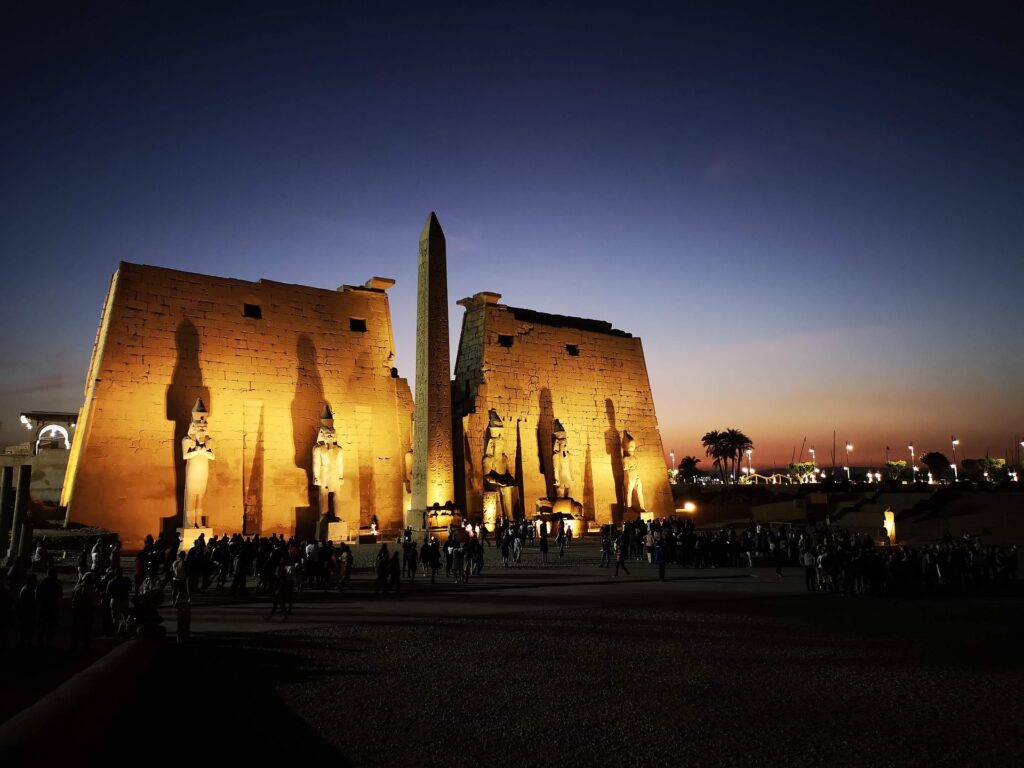
One cannot speak of Luxor without mentioning the iconic Karnak Temple Complex. Spanning an area of over 100 hectares, Karnak is the largest ancient religious site in the world, and its sheer size and architectural wonders leave visitors awe-inspired. As one enters through the towering pylons, the grand hypostyle hall unfolds before them, with its awe-inspiring forest of 134 massive columns. Walking through this monumental corridor transports you back in time, where you can almost feel the spiritual energy that once permeated this sacred space.
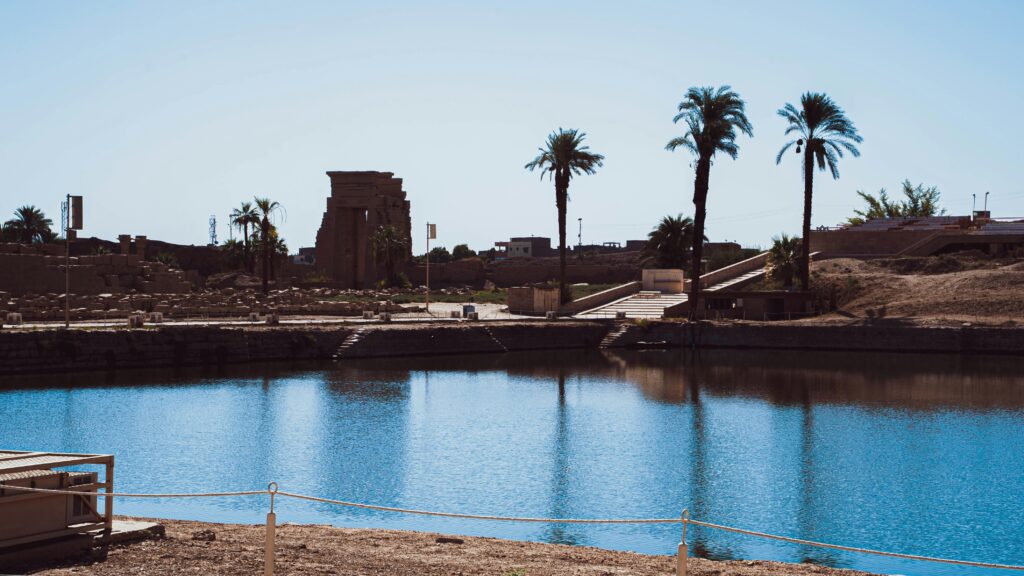
Exploring further, visitors can discover the sacred lake of Karnak, where ancient Egyptians believed their gods would bathe. It is said that the lake was connected to the Nile River through a canal, allowing the priests to fill it with water during important ceremonies. Standing on the edge of this tranquil body of water, one cannot help but marvel at the ingenuity of ancient engineering and their connection to the natural world.
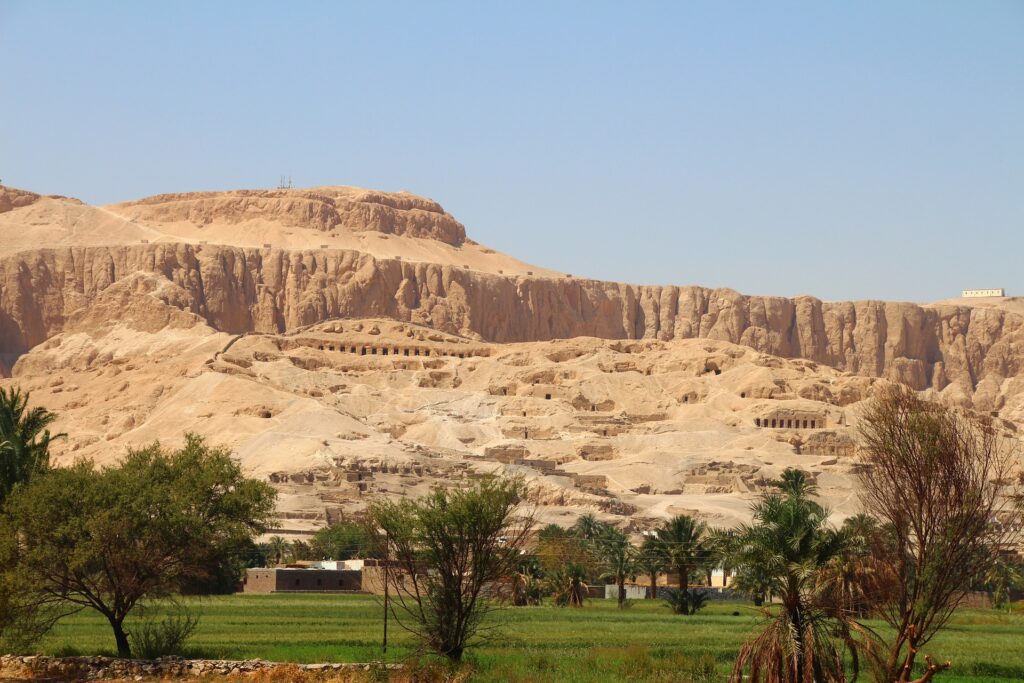
Leaving Karnak behind, we head to the west bank of the Nile, where the awe-inspiring Valley of the Kings awaits. This necropolis, carved into the rocky cliffs, was the final resting place for the Pharaohs of the New Kingdom. Hidden beneath the scorching desert sun, these tombs were designed to protect and preserve the pharaohs’ bodies and worldly possessions for eternity.
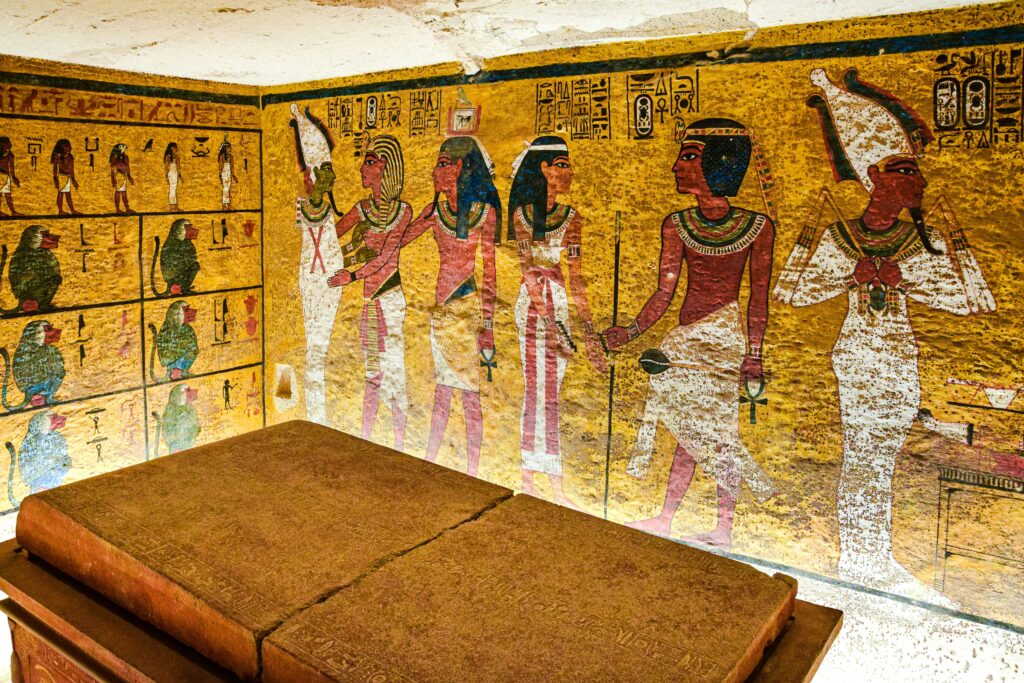
Among the most famous of these tombs is that of Tutankhamun, whose discovery in 1922 by Howard Carter captured the world’s imagination. Visitors can descend into the tomb, guided through its narrow, dimly lit corridors, and witness the intricate wall paintings that depict the pharaoh’s journey to the afterlife. The treasures that accompanied Tutankhamun on his eternal journey are on display at the nearby Luxor Museum, providing a glimpse into the opulence of ancient Egyptian royalty.
You can read our another post Unraveling The Mysteries Of Stonehenge, England
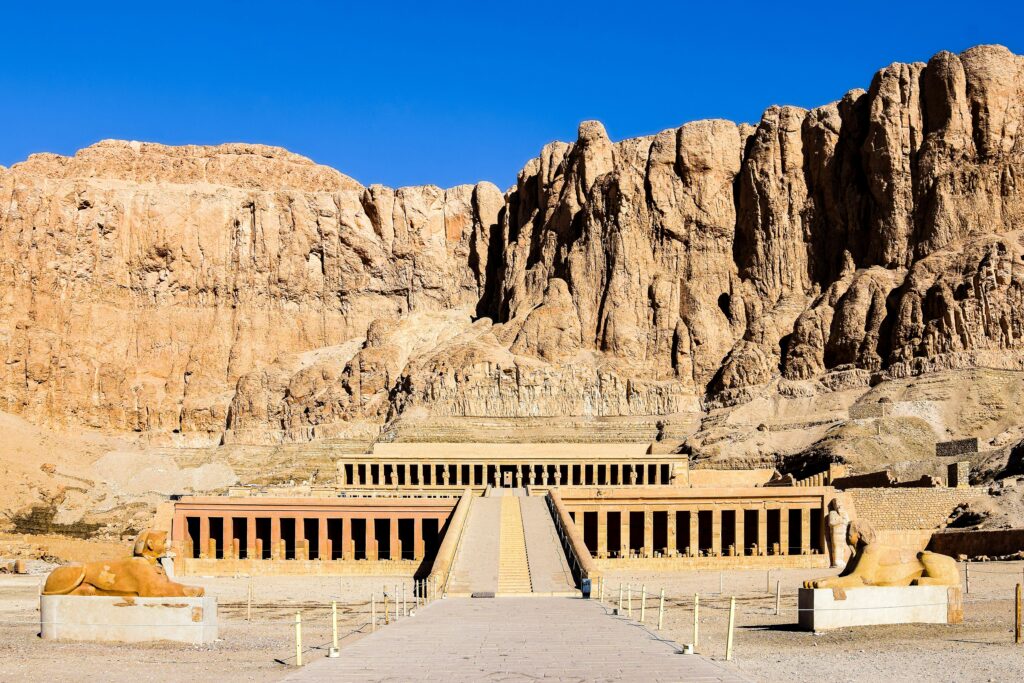
Continuing our exploration, we come to the Temple of Hatshepsut, one of Egypt’s few female pharaohs. This striking architectural masterpiece, built into the cliffs at Deir el-Bahri, showcases the grandeur and power of this influential ruler. The temple’s colonnaded terraces lead visitors to the sanctuary, where offerings were made to satisfy the gods and ensure the prosperity of Egypt. As we stand in awe before this ancient structure, we can’t help but admire the courage and determination of Hatshepsut, who shattered gender norms to become one of Egypt’s greatest pharaohs.
No visit to Luxor would be complete without exploring the majestic Temple of Luxor itself. Built largely during the reigns of Amenhotep III and Ramses II, this temple was dedicated to the worship of the god Amun. Walking through the avenue of sphinxes that once connected Luxor Temple to Karnak, visitors can get a sense of the grand processions and ceremonies that once took place here. As day turns to night, the illuminated temple takes on an ethereal quality, casting a spellbinding glow across the surrounding area.
Visit here odishalifestyle
Aside from these grand structures, Luxor is also home to countless smaller temples, tombs, and archaeological sites. Tombs such as the Valley of the Queens, the Valley of the Nobles, and the tombs at Medinet Habu offer further insights into the lives and beliefs of ancient Egyptians. Each site tells a unique story, showcasing the immense wealth, power, and reverence that ancient Egyptians bestowed upon their pharaohs and gods.
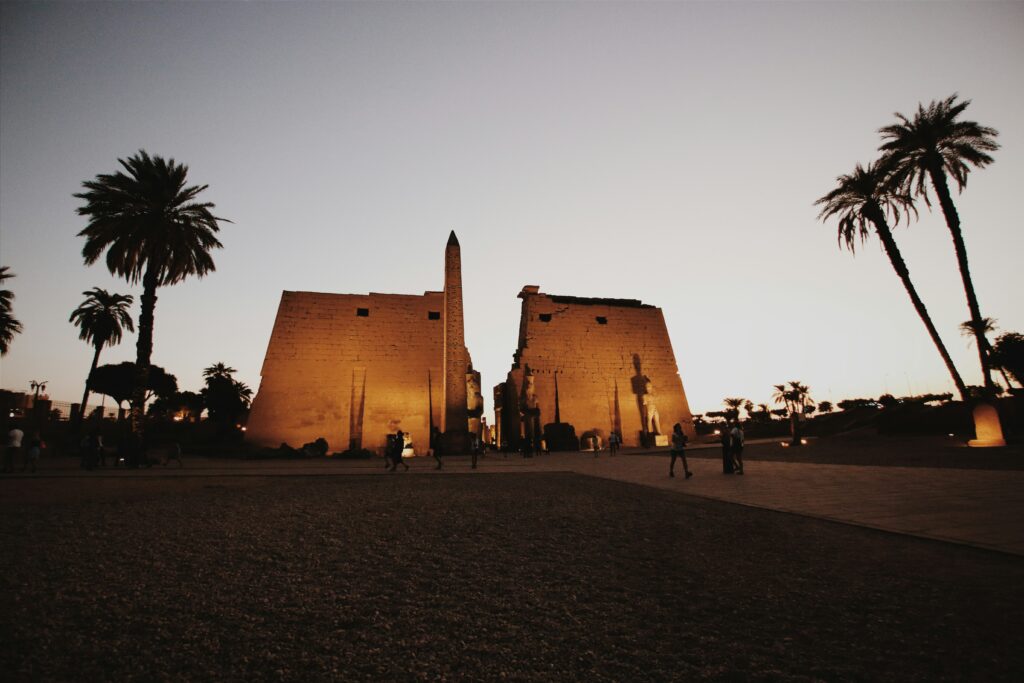
In conclusion, a visit to Luxor is a journey through time, a chance to unravel the mysteries of an ancient civilization that still captivates our imagination. From the grandeur of Karnak Temple to the hidden tombs in the Valley of the Kings, Luxor offers an opportunity to immerse oneself in the spirit of ancient Egypt. As we walk in the footsteps of pharaohs and stand in the presence of colossal statues, we are reminded of the power of human ingenuity and the enduring legacy of a civilization that believed in the eternal.So, let’s unveil the ancient mysteries of Luxor, where temples and tombs whisper the secrets of a bygone era, beckoning us to delve deeper into the enigmatic world of ancient Egypt.
FAQ For Unveiling Ancient Mysteries in Luxor
What is “Temples and Tombs: Unveiling Ancient Mysteries in Luxor”?
It is an immersive tour that takes you on a journey through the archaeological wonders of Luxor, exploring magnificent temples and intriguing tombs.
Which attractions will be included in the tour?
The tour includes visits to iconic landmarks such as the Karnak Temple Complex, Luxor Temple, Valley of the Kings, Hatshepsut Temple, and more.
Are the tour guides knowledgeable about Luxor’s history?
Absolutely! Our experienced guides are well-versed in the rich history of Luxor and will provide fascinating insights into the temples, tombs, and their significance.
Can I explore the tombs in the Valley of the Kings?
Yes! Your tour will include the opportunity to explore some of the captivating tombs in the Valley of the Kings, where pharaohs were laid to rest.
How long does the tour last?
The duration of the tour varies, but typically it spans several days to ensure ample time for in-depth exploration of Luxor’s ancient sites.
Are there any physical requirements for this tour?
Some sites may involve climbing stairs or walking on uneven terrain. It’s advisable to have a moderate level of fitness to fully enjoy the tour.
Is transportation included in the tour?
Yes, transportation to and from Luxor’s attractions is included in the tour package for your convenience.
Are entrance fees to the archaeological sites included?
Yes, the tour package generally includes entrance fees to the temples and tombs mentioned in the itinerary. However, it’s always best to confirm with the tour operator.
Can I take photographs during the tour?
In most areas, photography is allowed, but it’s important to follow any specific guidelines or restrictions in place at each site.
Is there free time to explore Luxor independently?
Depending on the tour itinerary, there may be some free time for independent exploration or leisure activities. The tour guide can provide recommendations.

